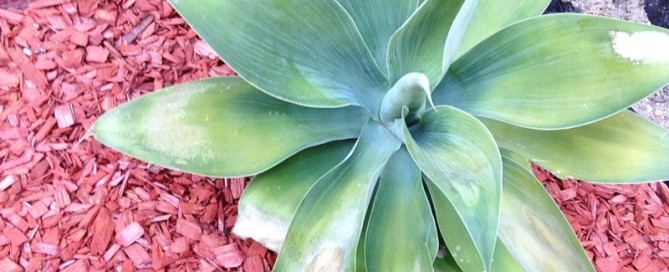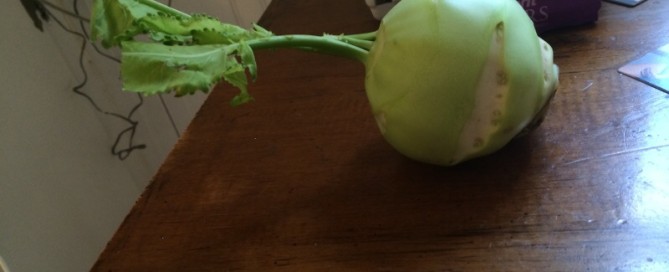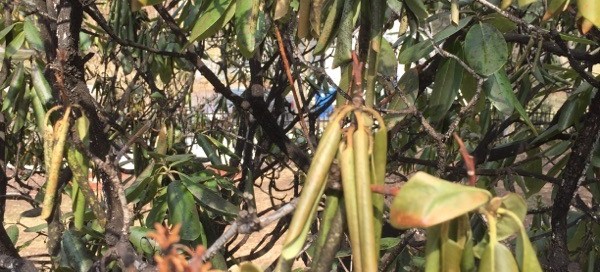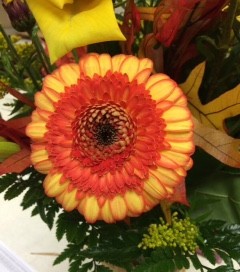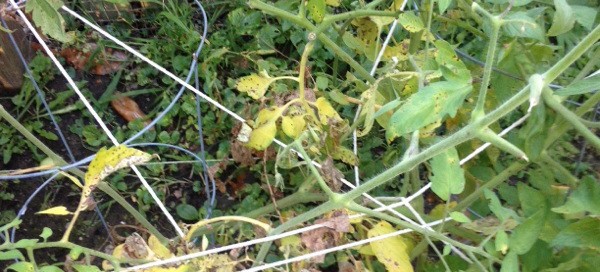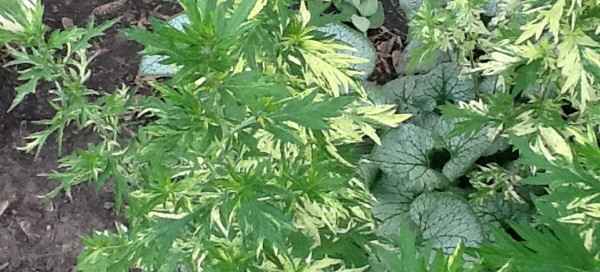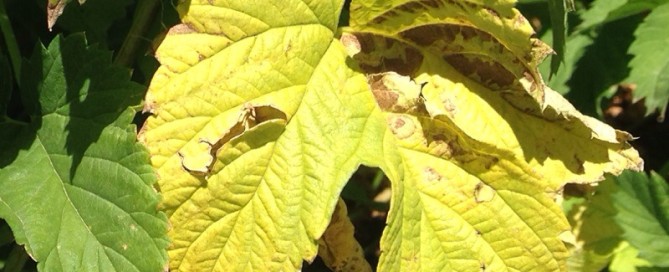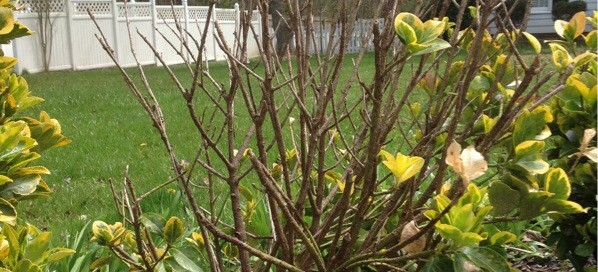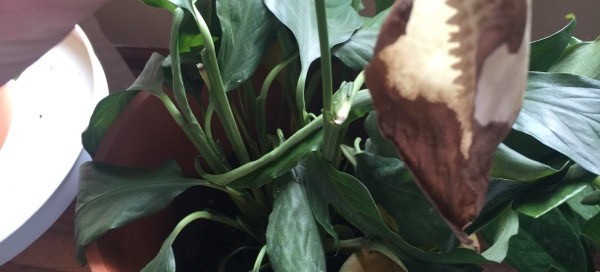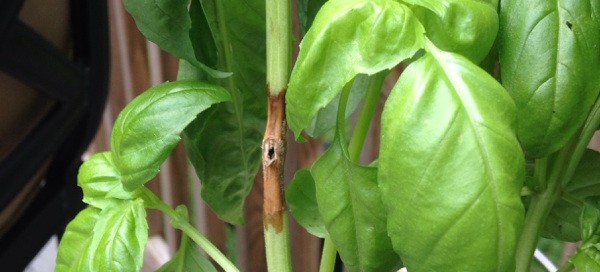Agave Attenuata Cutting Transplant
I know how hot it is, I'm in San Diego also. Your cutting is showing damage due to the fact that it has no real root system yet to sustain it. In the long run it will probably be okay but you will have to wait for it to grow out of the damaged foliage. I would suggest that you put up some kind of sun protection to start, and as odd as it seems, don't water it for a couple of weeks. Other than that one root you said it had, it will sprout more new roots if you deprive it of water. After a couple of weeks, give it a good deep soak and then don't water again until the soil has become nearly dry - keep the sun screen up. In the case of your other cutting, (and it would have been a good idea for the first larger one as well) pot it up in a container (with a well draining soil mix) that is not too much larger than the plant and treat it the same way leaving it dry for a week or two and then giving it a good drink. The advantage of starting it in a pot is that you can put it somewhere in filtered sun (out of direct sunlight) without having to provide sun protection. Once it gets rooted well in the pot then you can pretty much plant it anywhere you want in your landscape and not worry about the leaves burning. There will be enough of a root system for you to plant it and give it ample water to grow and flourish.
